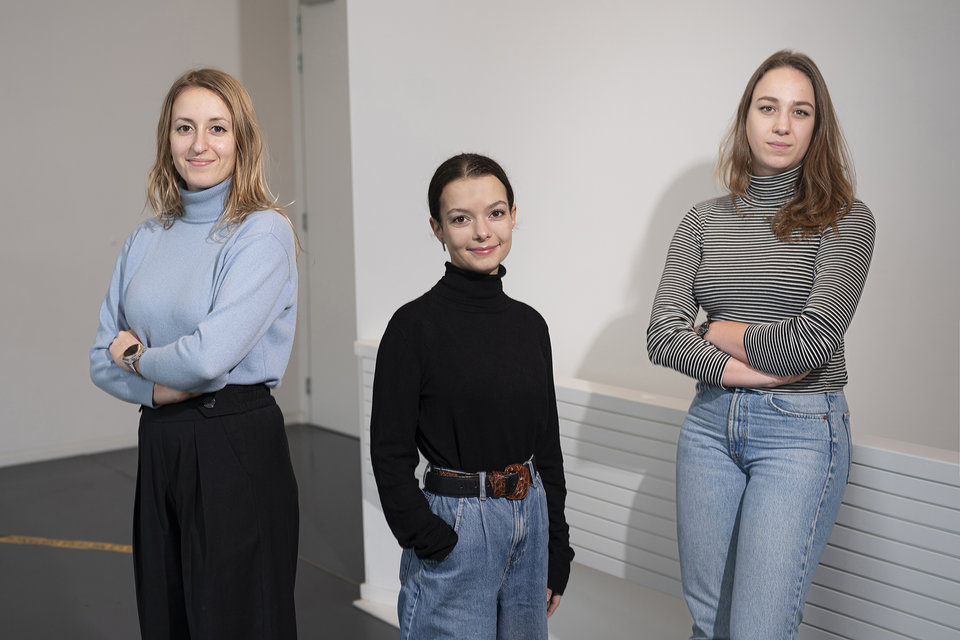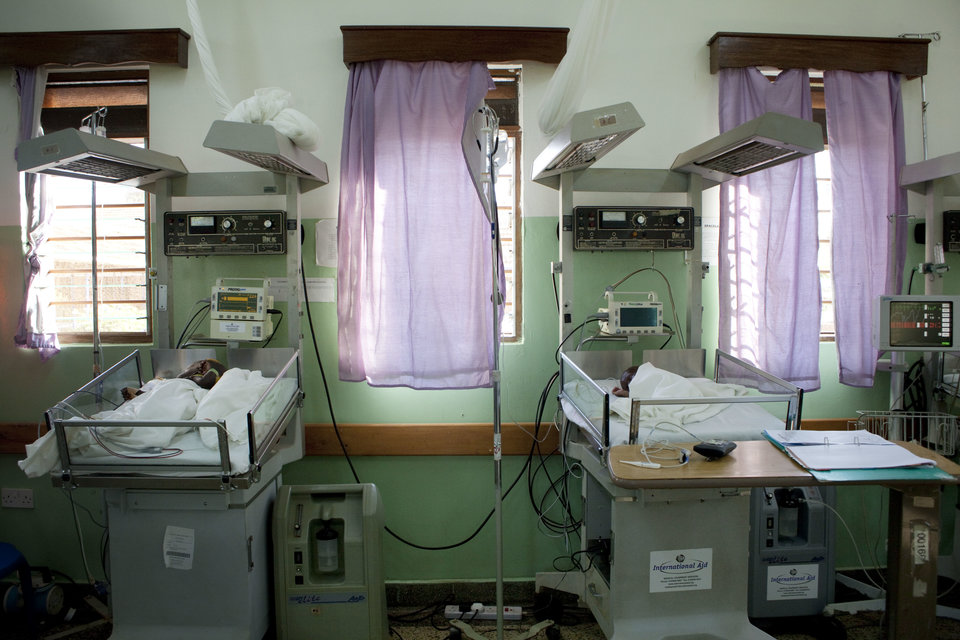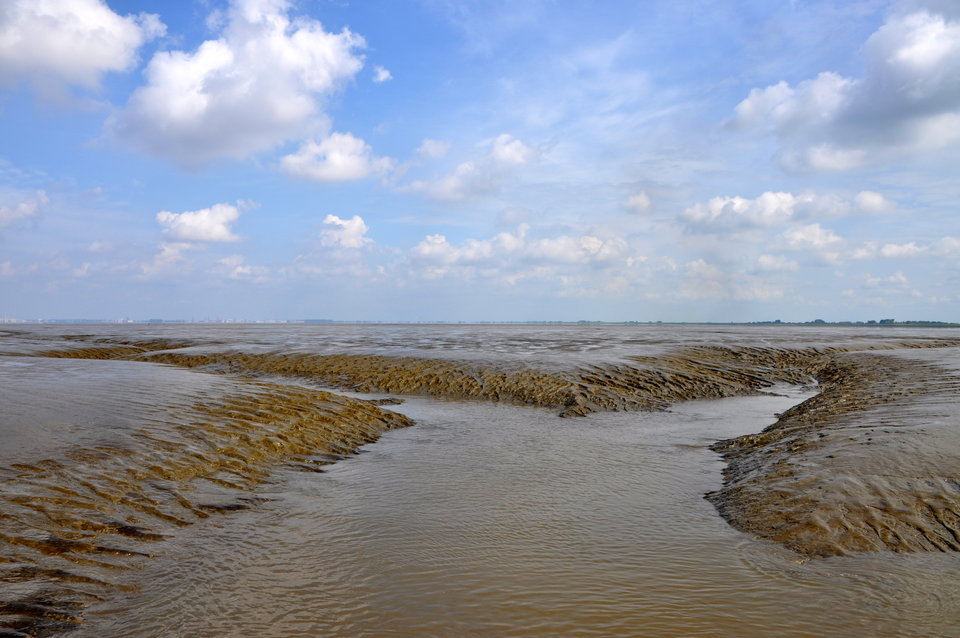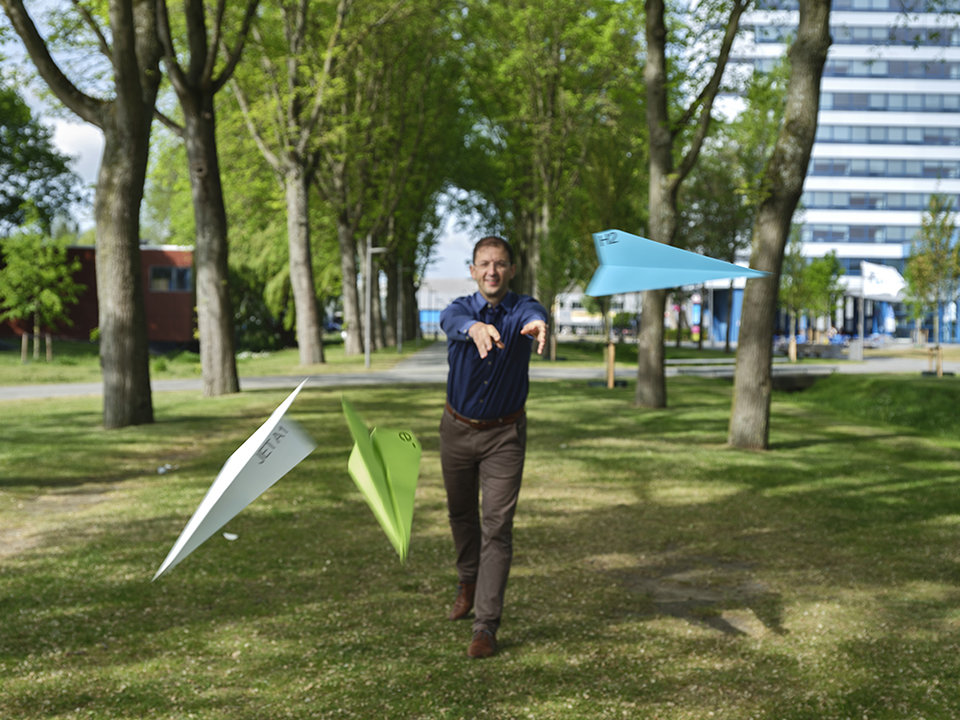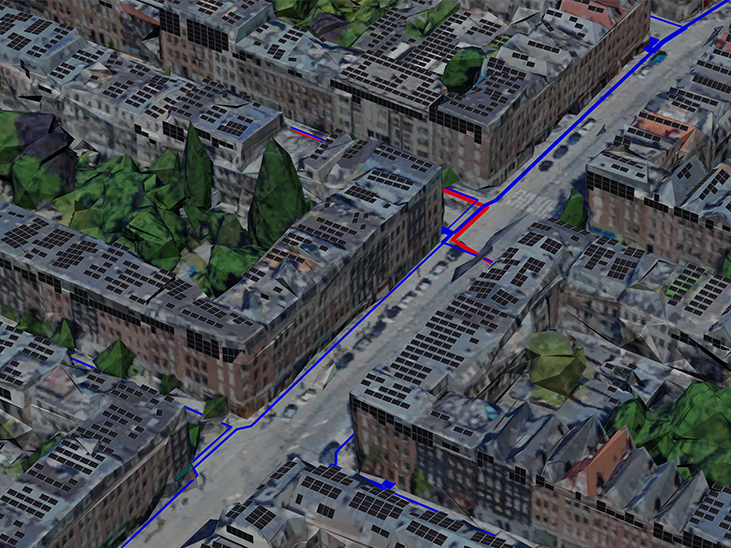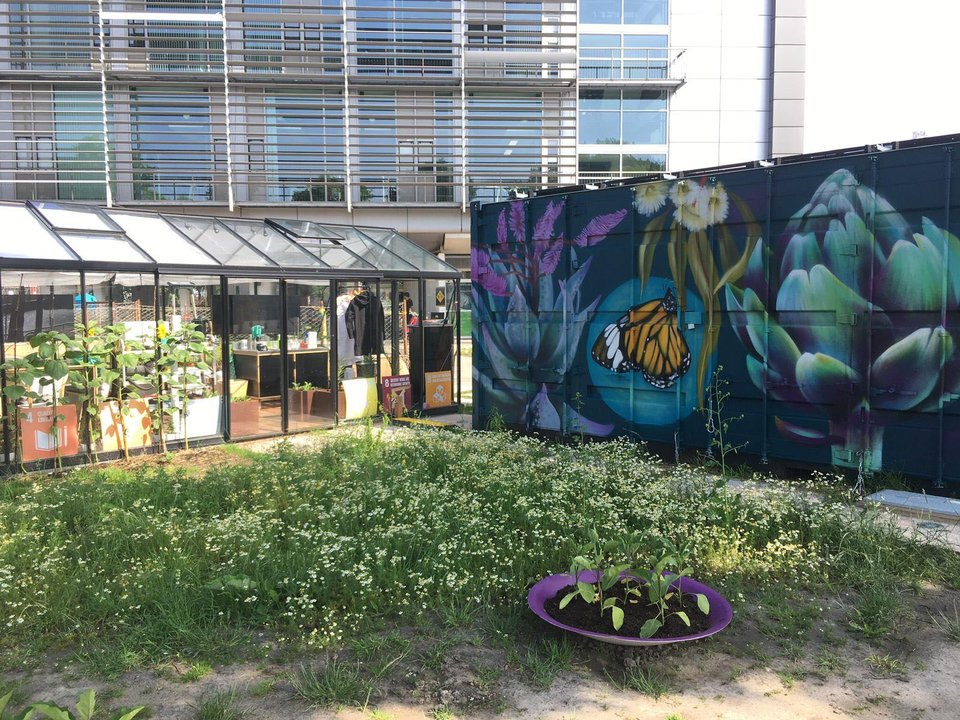When we talk about the energy consumption of buildings in the Netherlands, we often emphasise the energy needed for heating our buildings. But cooling also has a potentially big impact, especially with hotter summers and increasingly extreme weather events. How can we plan and design the city of tomorrow, anticipating its energy consumption? PhD researcher Daniela Maiullari developed an analytical framework to better assess the increasing building cooling demand for the design of climate adaptive cities.
Urban microclimate and cooling demand
When Maiullari started her research, she initially focused on how urban form can impact the energy demand of buildings. “I soon realised that the existing literature largely overlooked a key component: the urban climate. I started to dig into how climate processes affect the urban energy demand at different scales.” The microclimate, or local climate in a specific location, is impacted by the shape of buildings and the form of the urban fabric. For instance, if an area is more or less compact, the urban heat island effect will change accordingly. Urban heat islands emerge in urbanised areas where asphalt and concrete structures absorb heat, causing surface temperatures and the overall ambient temperature to be higher than in rural environments. “I started investigating how the relationship between microclimate, urban form and energy demand can be assessed. This is relevant not only in arid countries but also in temperate and colder countries, where the weather will become hotter in the next decades. I noticed that existing and proposed policies in temperate and colder countries often mention ‘cooling and heating’, but often only ‘heating demand’ are addressed in practice. Meanwhile, looking around us, we can already see summers are becoming warmer. We experience more heatwaves, and people are starting to equip their houses with cooling installations.” Even though cooling demand is a known driver of change in building energy consumption, this particular energy guzzler is not yet addressed in most northern European countries.
Climate responsive design
Maiullari has a fascination for climate-responsive design, which is very much needed with ever-increasing temperatures. “Whenever I return to the south of Italy for the summer, where I am originally from, I experience temperatures we have never seen before. My house has walls 1 metre thick, which used to be enough to keep the 32°C heat outside. But with temperatures of 38-40°C in the last few years, the mitigating heat measures are no longer sufficient. You can notice the changing climate.” Maiullari therefore advocates for climate-responsive action in addressing aspects of procedure, assessment and policy. “We need to start debating and regulating the future of the energy demand in the city. It is not enough to only introduce energy saving measures related to heating. And with climate responsive design, both adaptation and resilience measures can be introduced to prepare cities for the future.”
The elements that make a city
The need for discussions on cooling and accurate microclimate data should be on the agenda in northern European countries, which is why Maiullari looked at the city of Rotterdam as a case study. She specifically zoomed in on the urban morphological aspects of the city, studying the form of the city. “We know that urban warming can create disruptions in the infrastructural systems, but it can also strongly affect the energy consumption of buildings and the well-being of people, especially the elderly and those with health conditions,” explains Maiullari. “Heat risk analysis and mapping instruments are already used to help address these challenges, but the existing methods have a few limitations. For example, climate maps usually have a low resolution, meaning that 1 temperature value might be reported for a district which is several square kilometers in size.
If cities are your subject of study, you need to live them.
Additionally, the form of cities is often simplified (in so-called homogeneous urban fabric patterns). In contrast, cities like Rotterdam are heterogeneous in reality, highly diverse in shape and form.” Moreover, cities are becoming more compact, further complicating their morphology and increasing the risk of Urban Heat Island effect and overheating in cities. “It is not only necessary to have analytical instruments to support the understanding of more complex urban fabrics. We also need instruments to describe these complexities if we want to introduce the right kind of measures. This means we need new tools.” On top of cities becoming morphologically more diverse, the discipline of urban morphology itself traditionally uses qualitative methods for descriptions and analyses. Connecting building performance to the building design is already common practice for architects, while for urbanists, connecting environmental performances to urban form patterns seems more challenging. Maiullari’s PhD research demonstrates how urban morphology can be approached quantitatively and how the energy performance of different urban patterns can be calculated, considering the indirect effects of climate.
Developing new instruments for urban performance
Maiullari developed two new instruments to do just that. Firstly, a morphological method to identify types of buildings and types of urban contexts to then assess their climate performance; secondly, an energy assessment method using local climate data. “It is a common practice in the energy domain to model a building and simulate its energy performance using typical annual weather data. These computational models largely overlook urban microclimate phenomena. Consequently, energy assessments usually neglect the effect of urban overheating on base and peak energy demands, potentially compromising the decisions on energy strategies for future sustainable and low carbon districts.”
Urban warming phenomena greatly impact the overall energy demand.
Maiullari’s experiments in collaboration with ETH Zürich show the incredible difference this makes. “Through the new assessment method, we simulated the energy demand for 25 buildings in different morphological contexts and compared the cooling demand results for two scenarios: a baseline one that used rural weather data and a microclimate one that used our local data, both data sets generated during typical warm days. On average, using the local data meant an increase in average cooling demand between 24-32%. For some buildings, it was 100%! This means urban warming phenomena greatly impact the overall energy demand.” The new tools can be used by energy engineers, climatologists and urban designers to design cities more suitable for the actual energy demand. The numbers show that policymakers should start prioritising cooling-related policies to set things in motion, both for designing new urban areas and redesigning existing ones.
A triple challenge
Change is required in the urban environment. Working in today’s city means meeting sustainability targets and simultaneously ensuring the provision of good services to the people in the city. “At the same time, today’s choices must consider the future changes we will have to adapt to.” Maiullari works on this triple challenge beyond the PhD research. At the Delft University of Technology, she is focusing on the cooling effect of vegetation within the I-Tree 2.0 project, to understand how different green configurations and tree species contribute to cooling urban environments. At Chalmers University in Göteborg, she looks at climate change scenarios’ impact on the energy demand of buildings. “In Sweden, we simulate the middle-term impact of climate warming on contemporary Göteborg city and on the envisioned city developments for 2045. Simultaneously, in Delft, we conduct climate measurement campaigns during hot periods to better understand urban climate mechanisms in Dutch cities in different climatic zones. Both contribute to understanding how cities work.” The two projects both allow Maiullari to closely examine what is happening in contemporary cities. “Talk to designers, meet decision-makers, go to public debates. If cities are your subject of study, you need to live them.”

